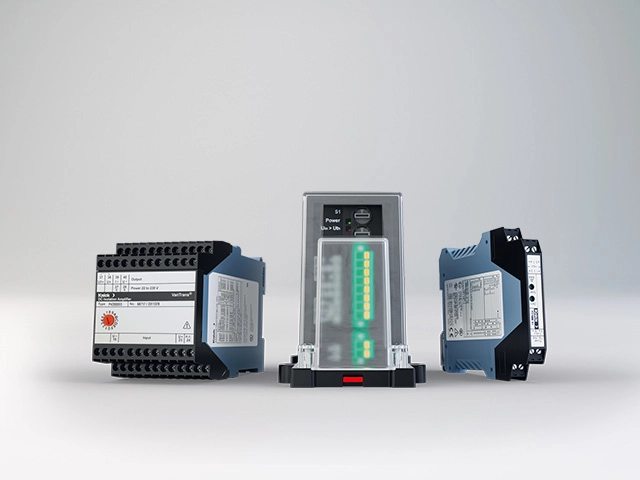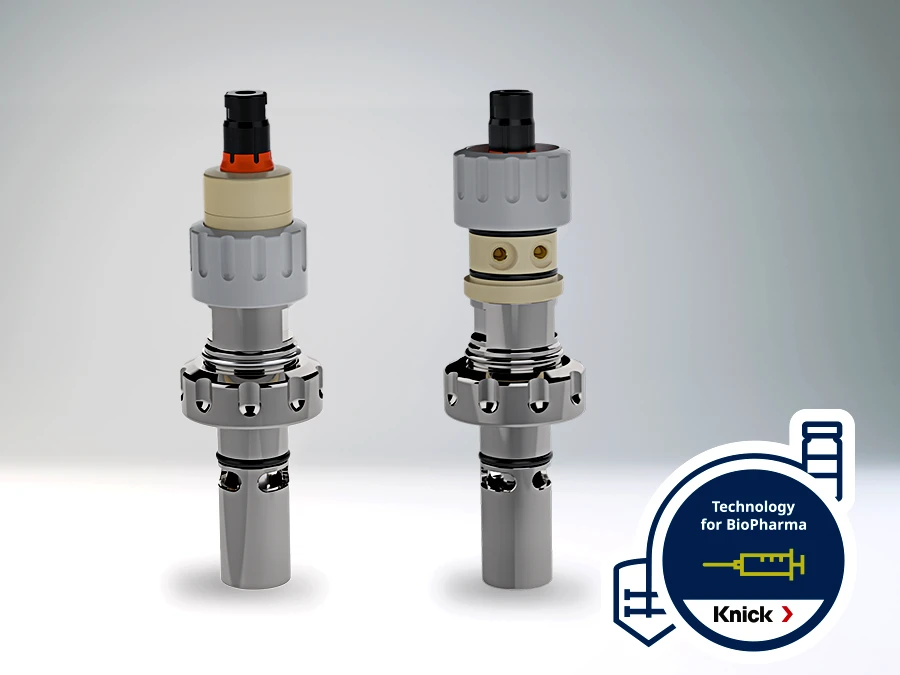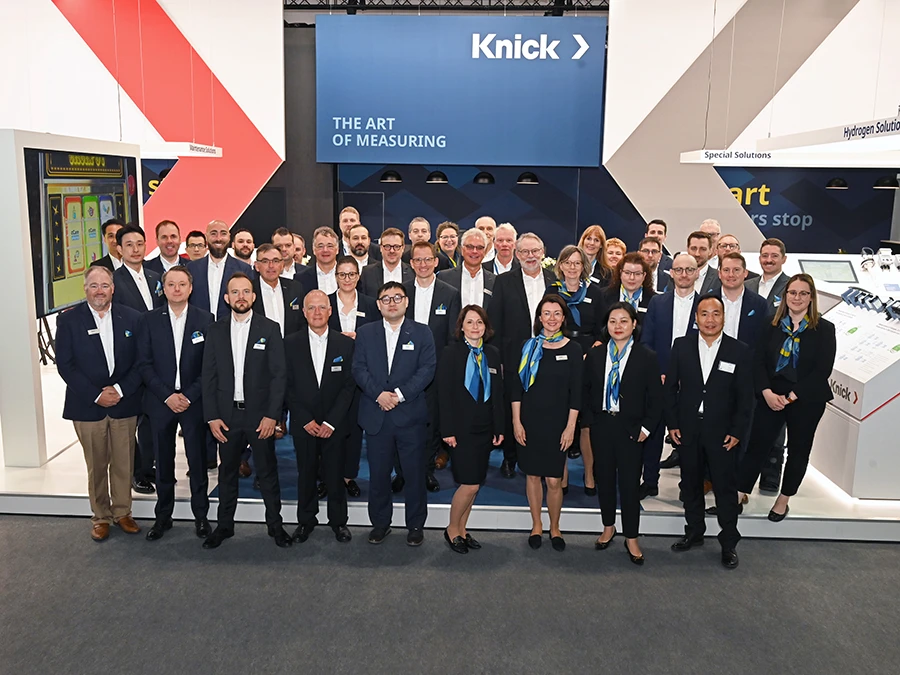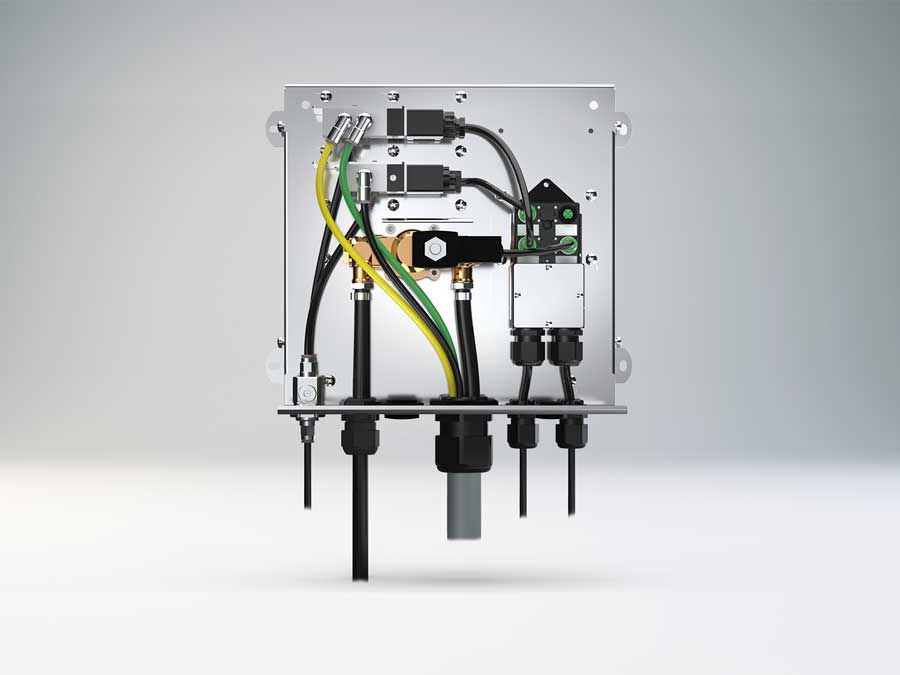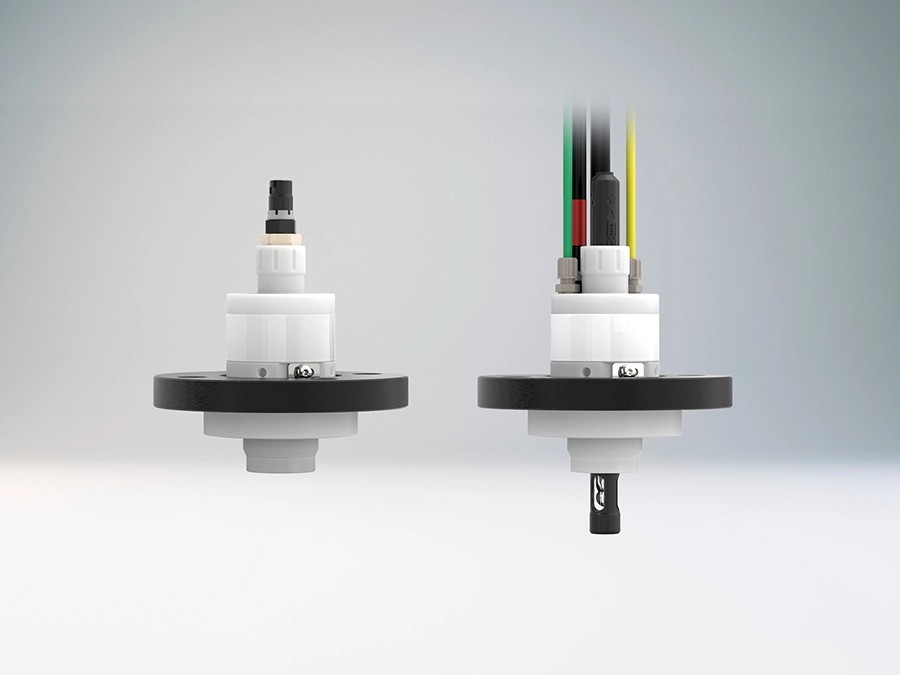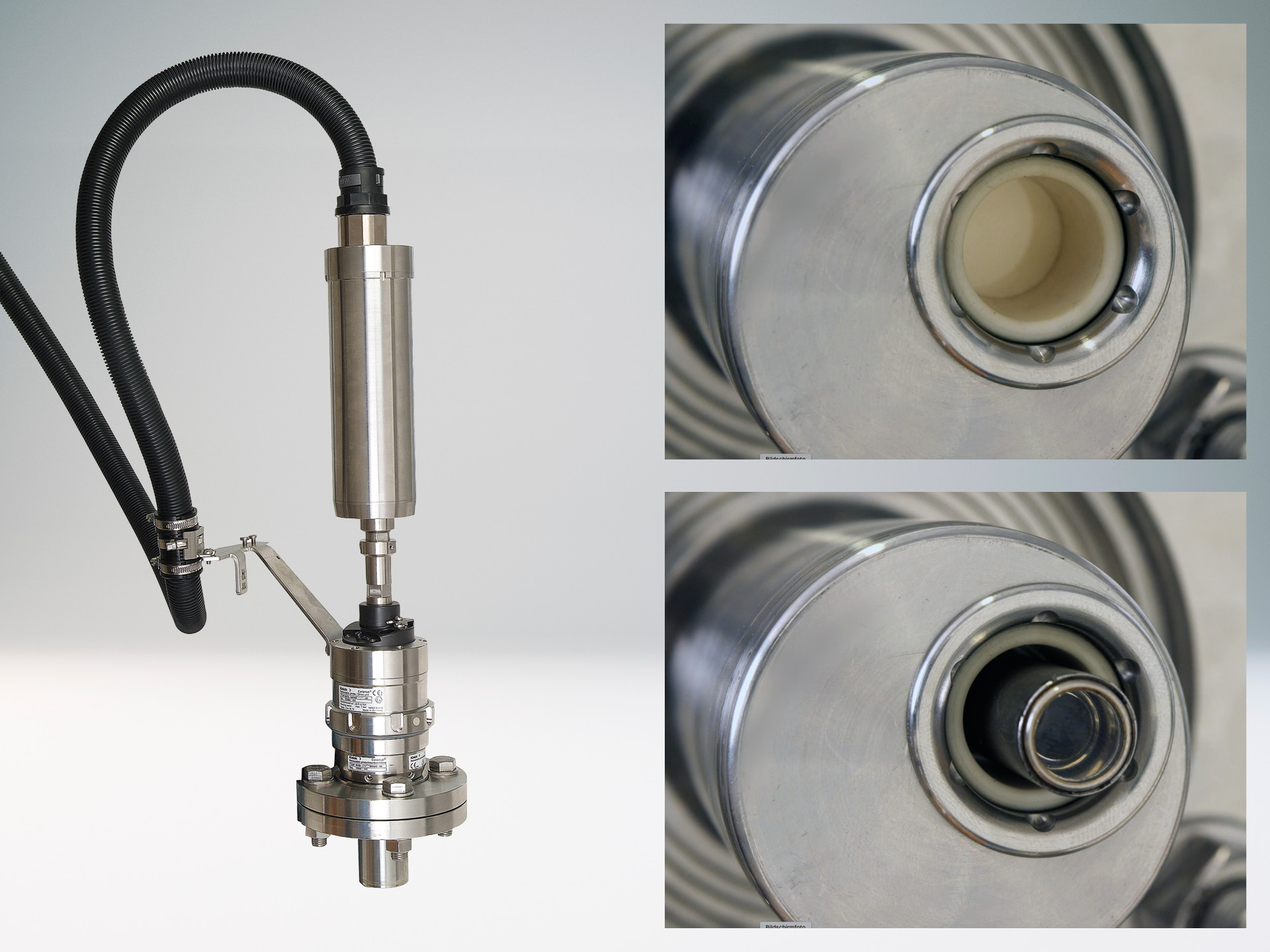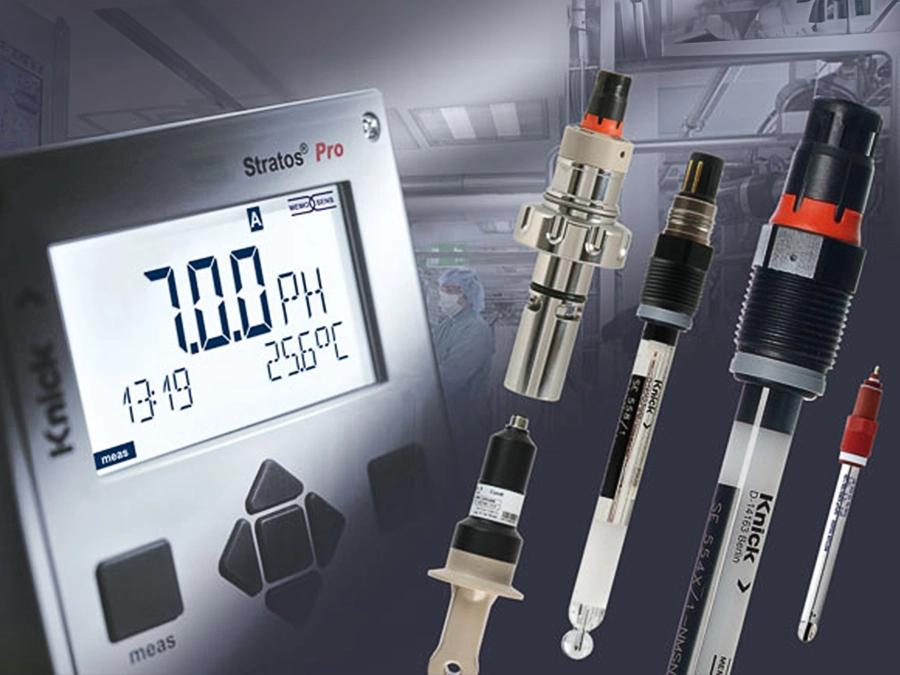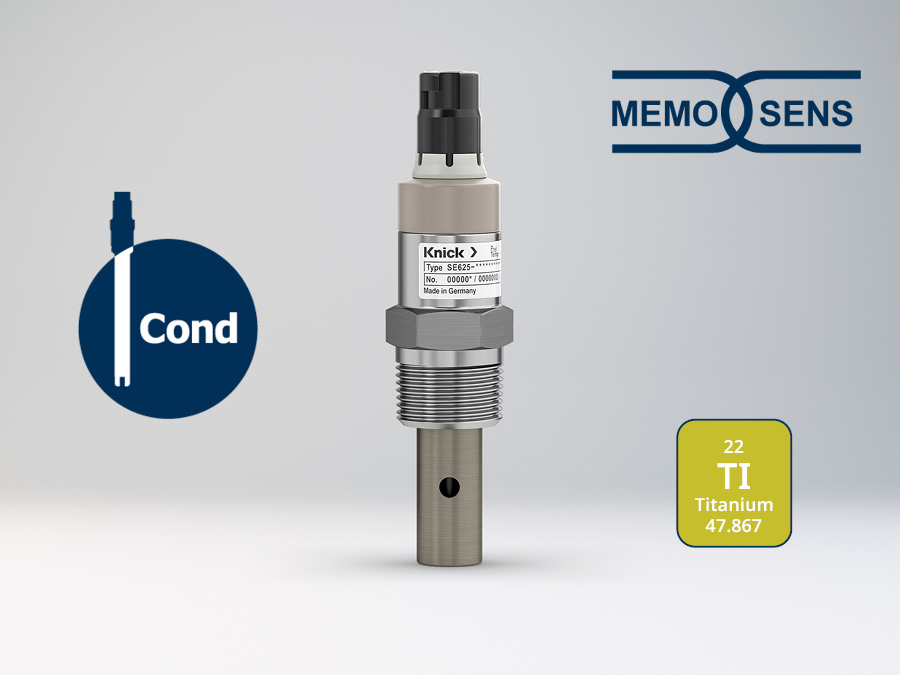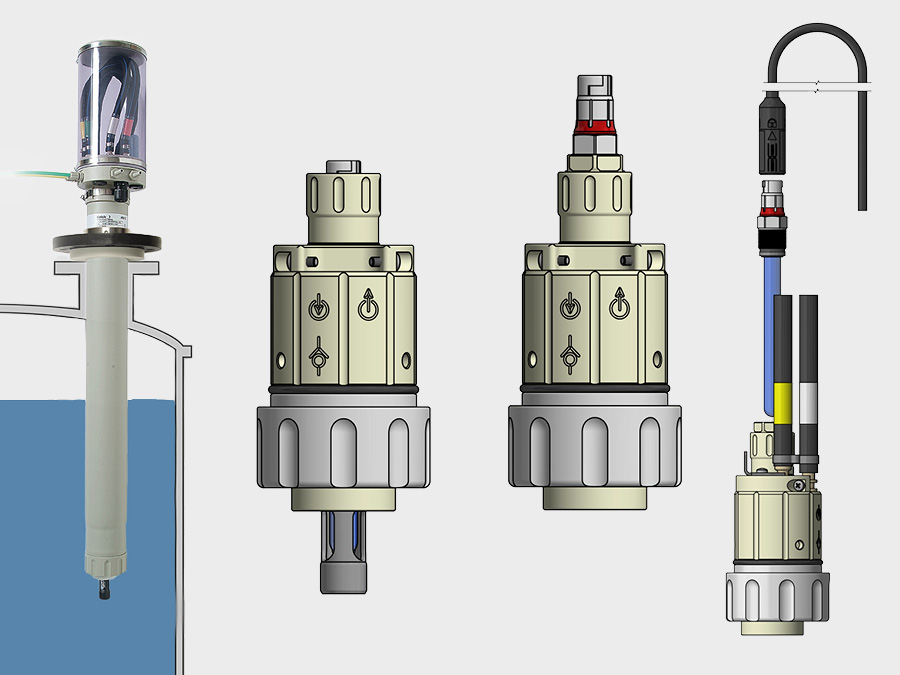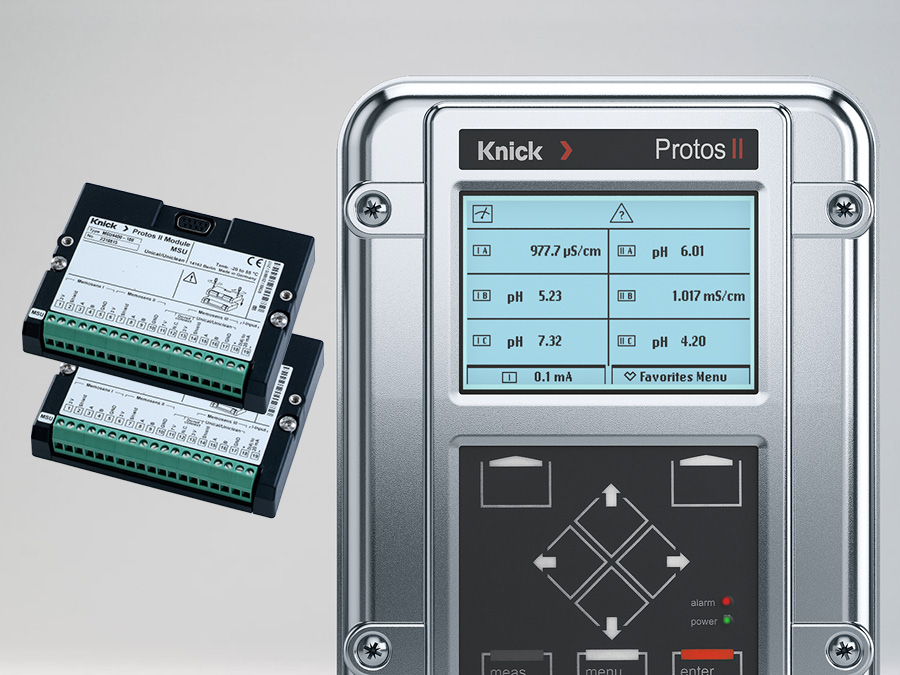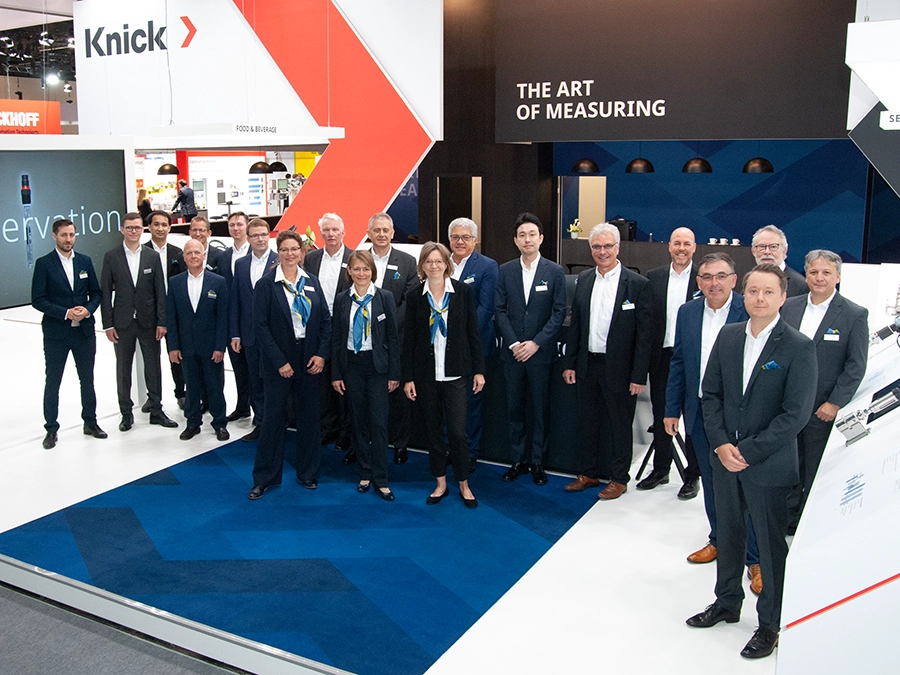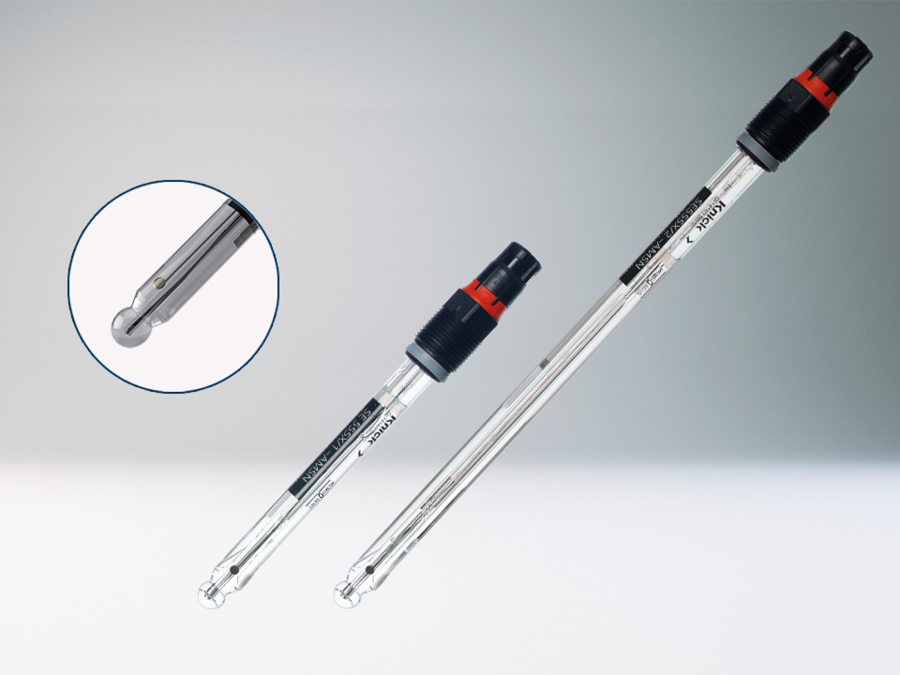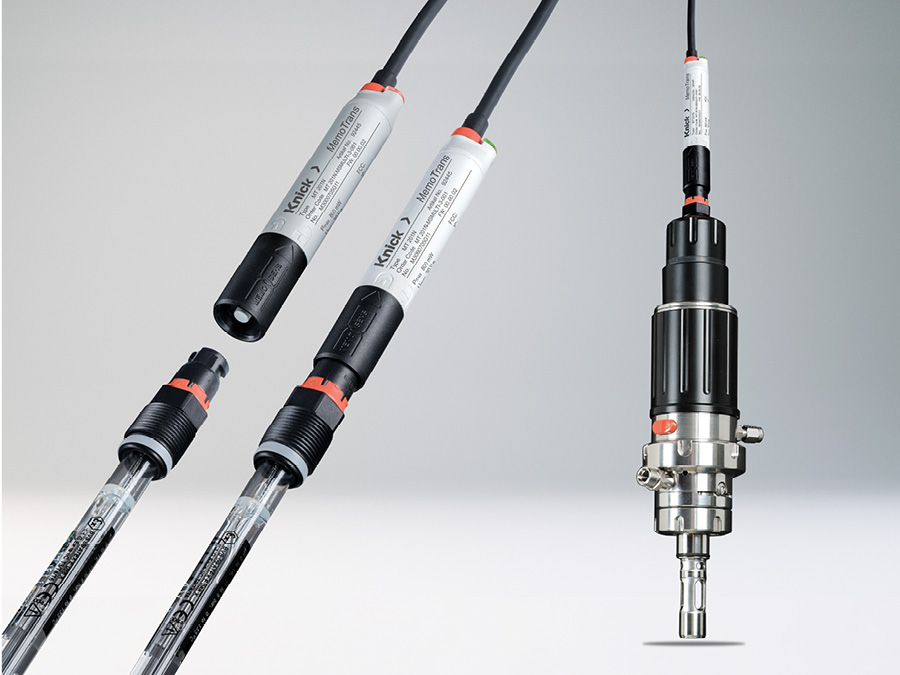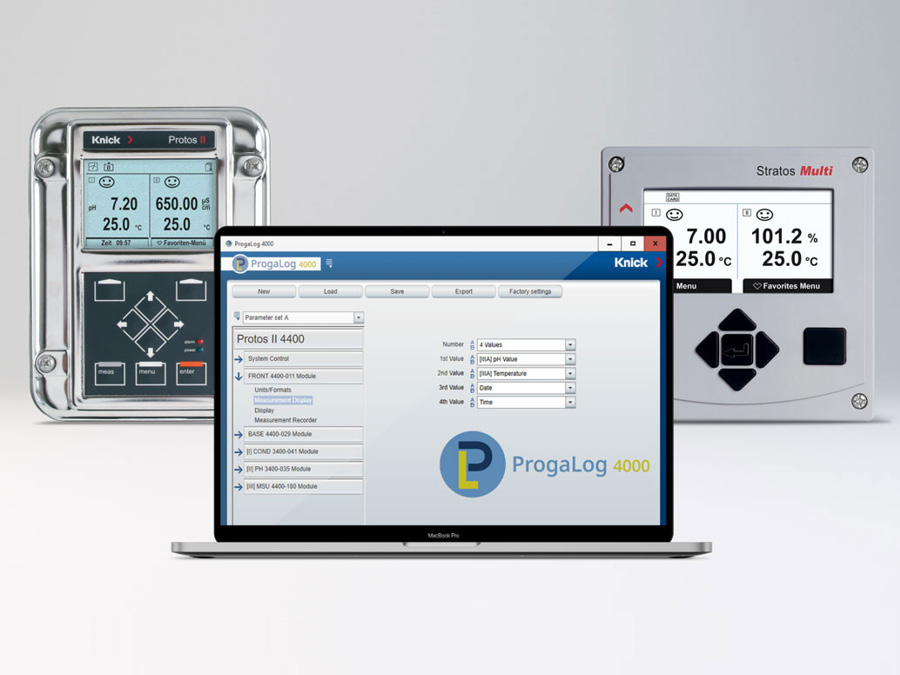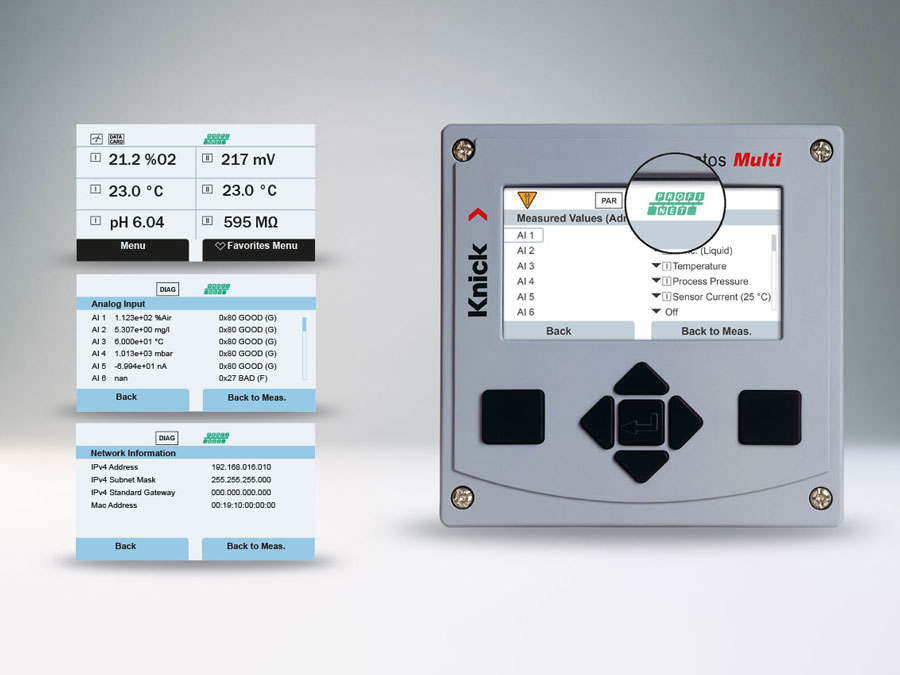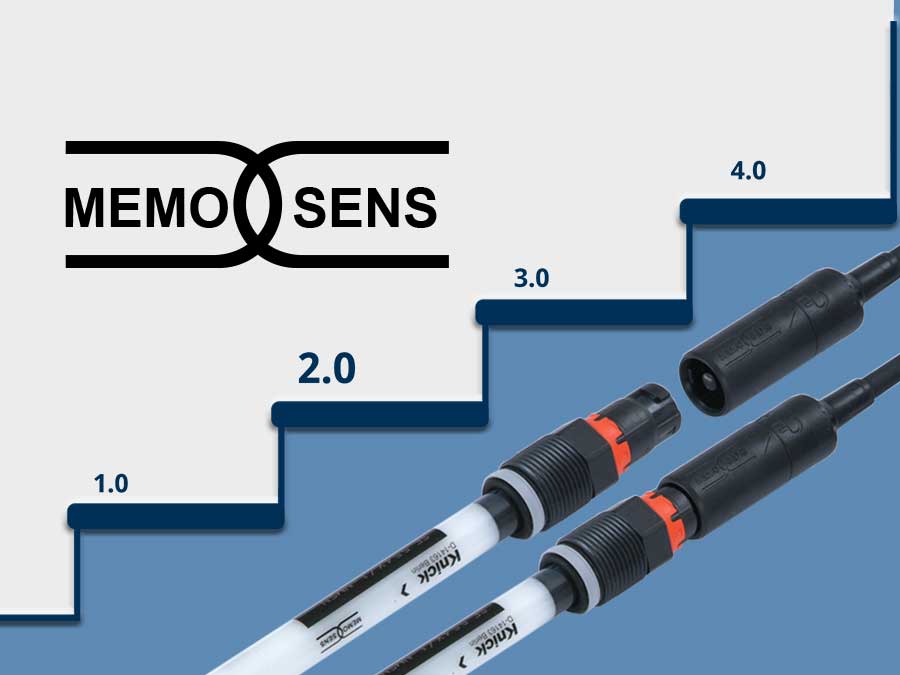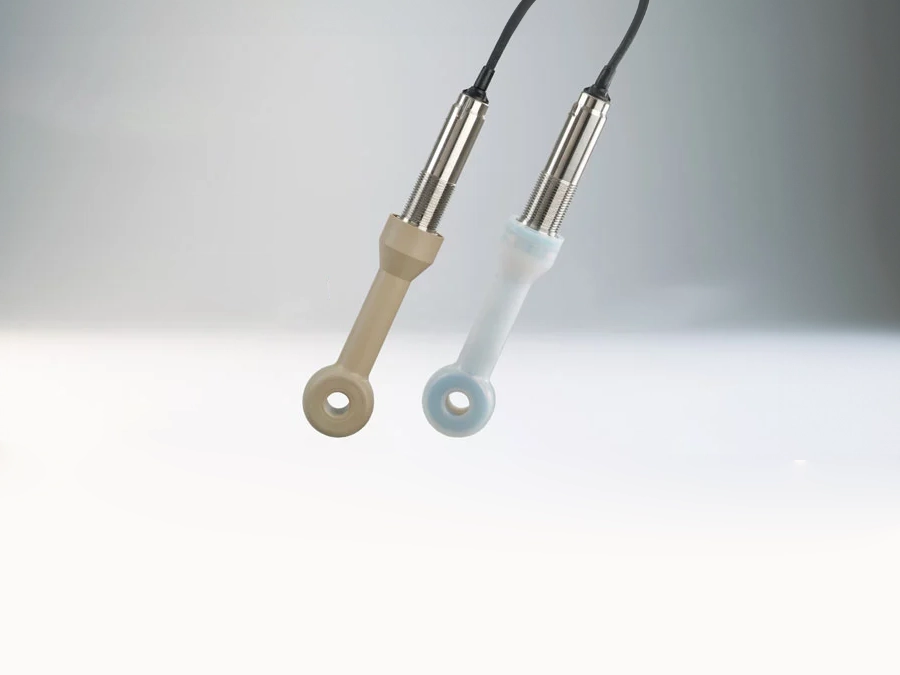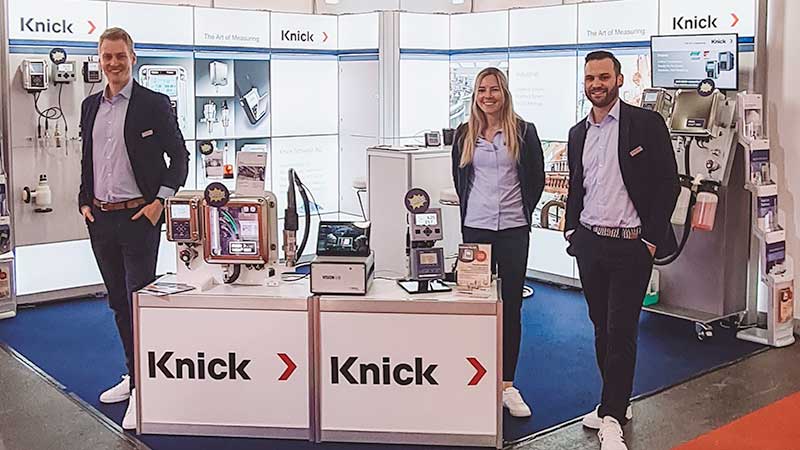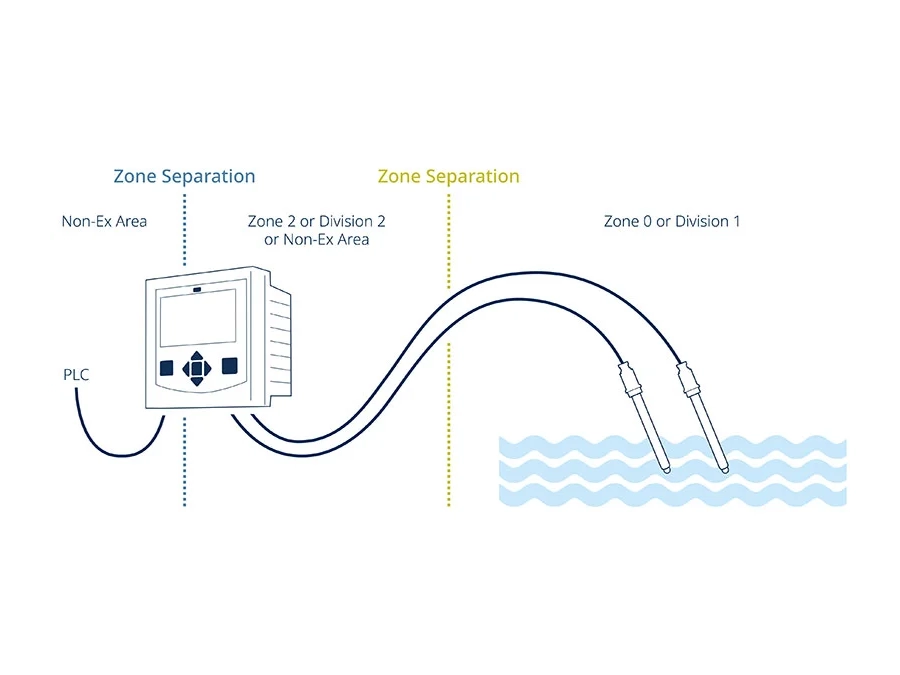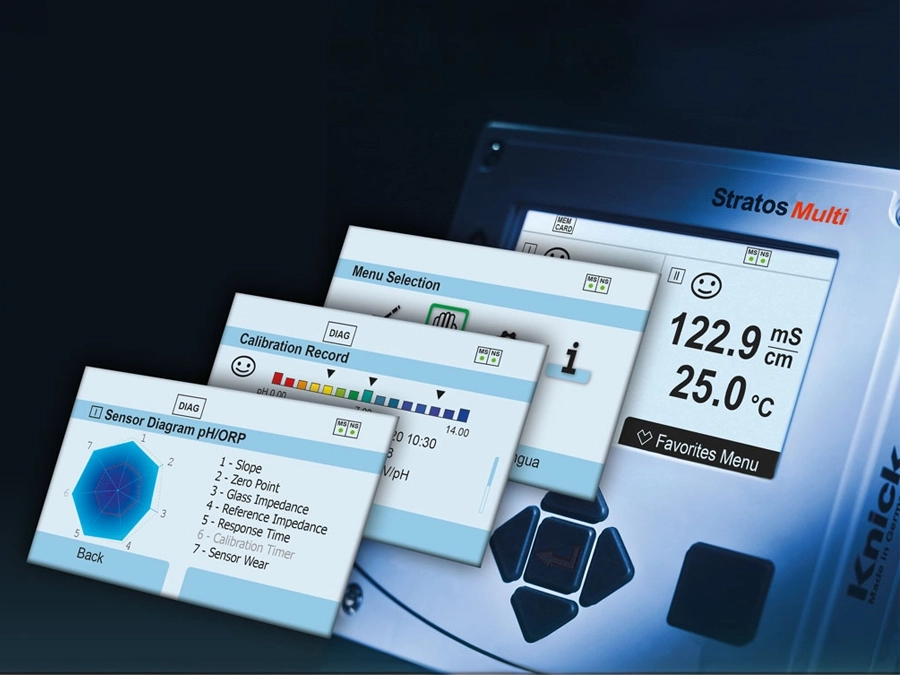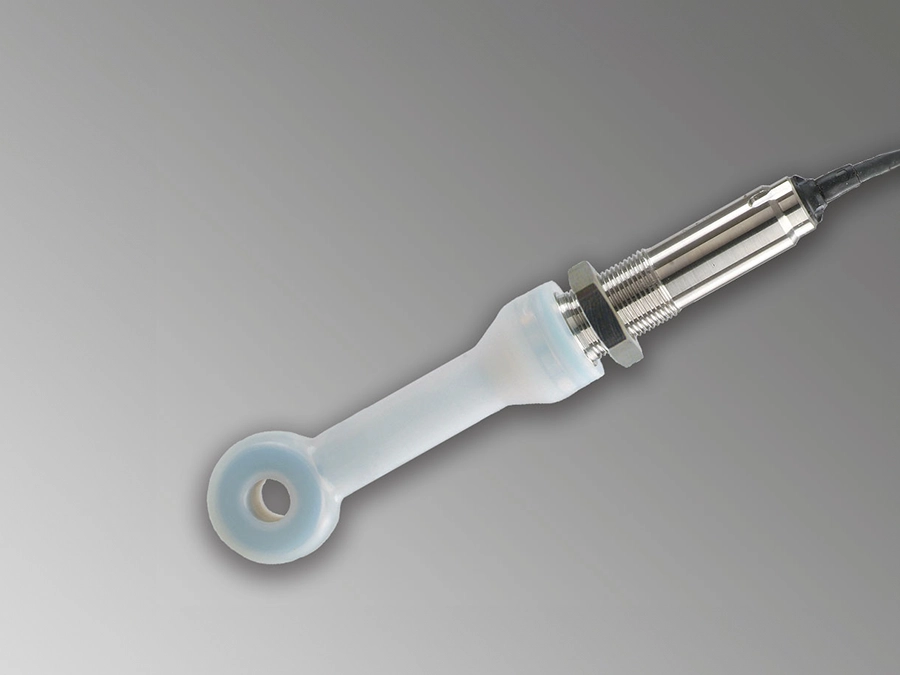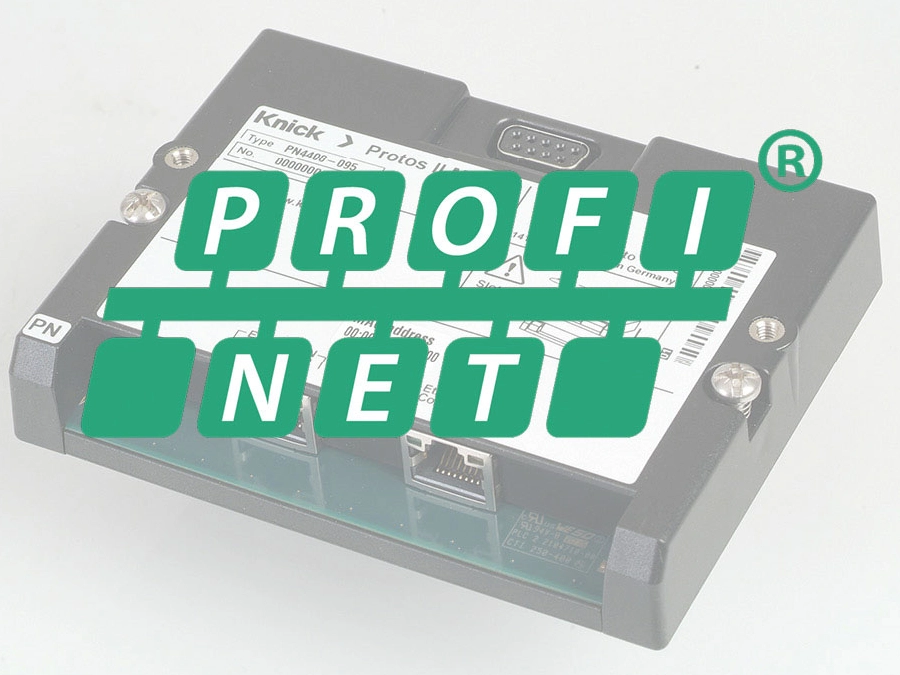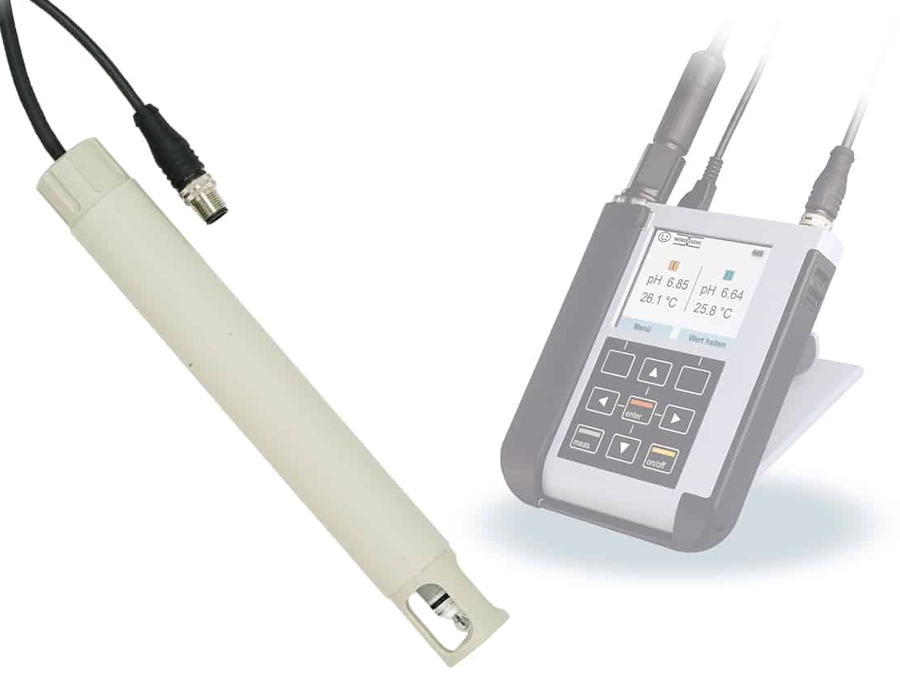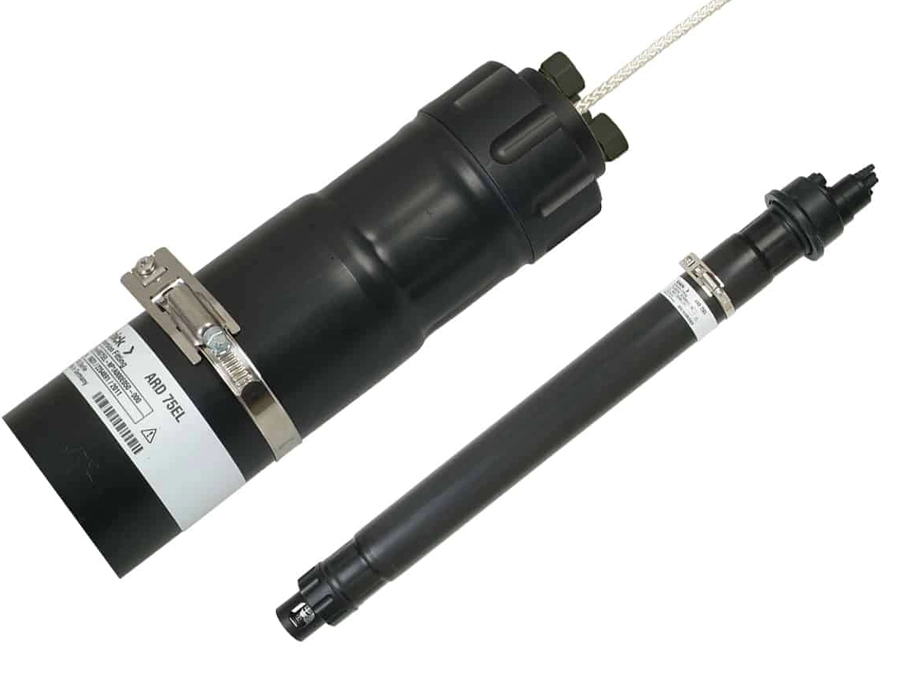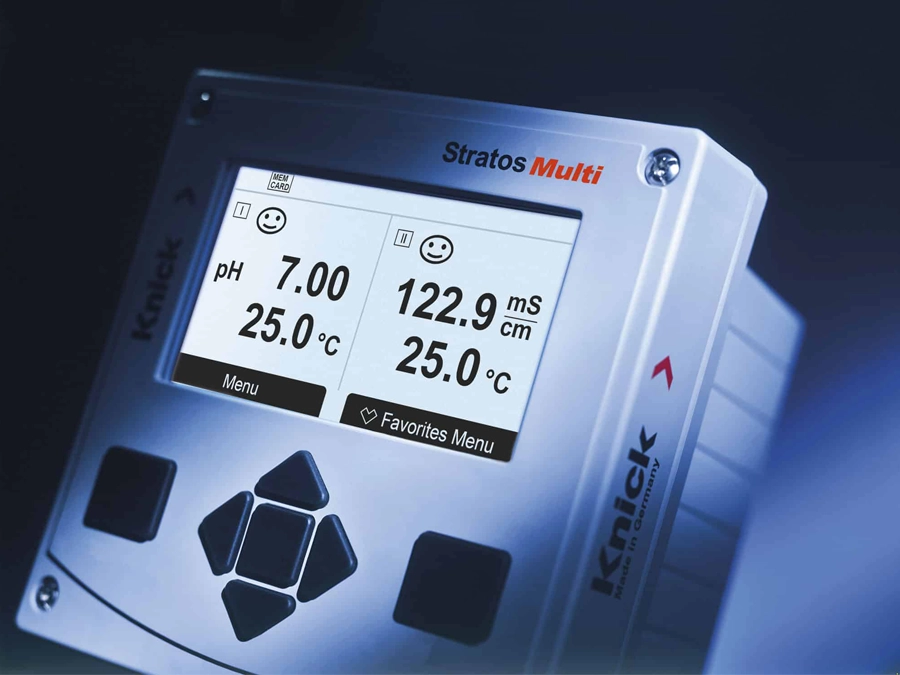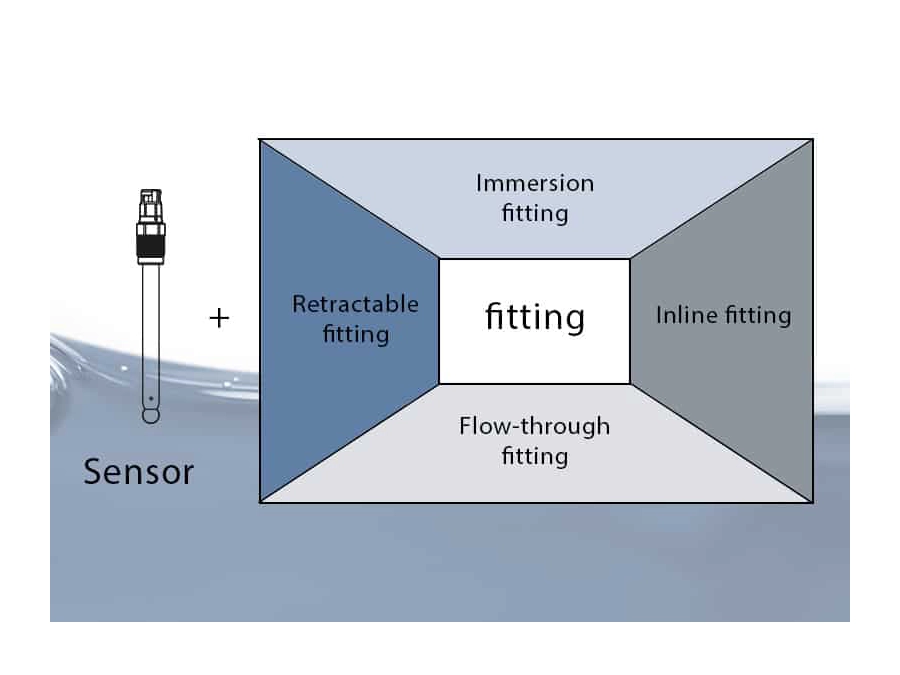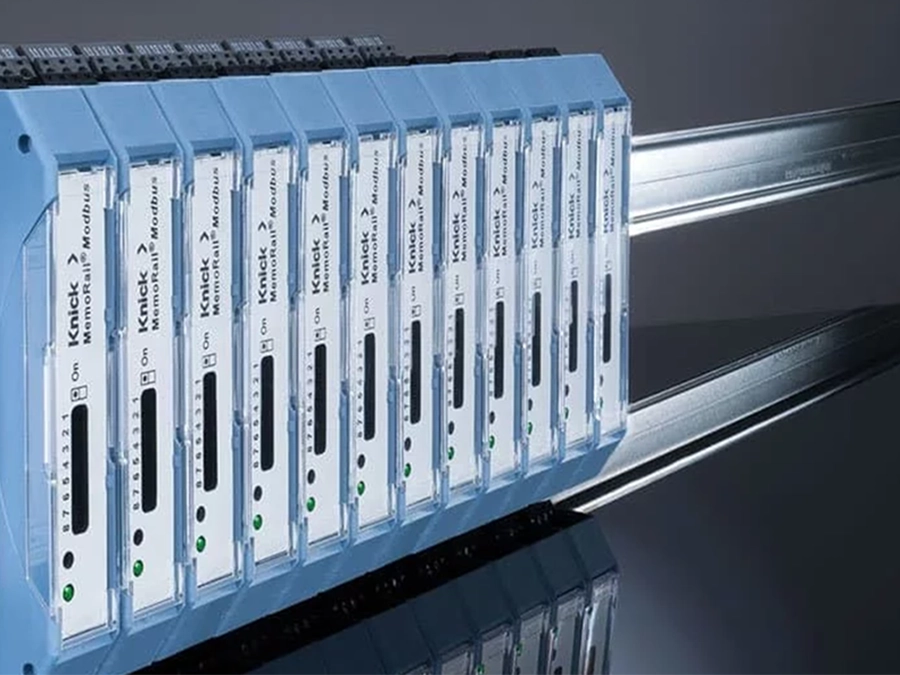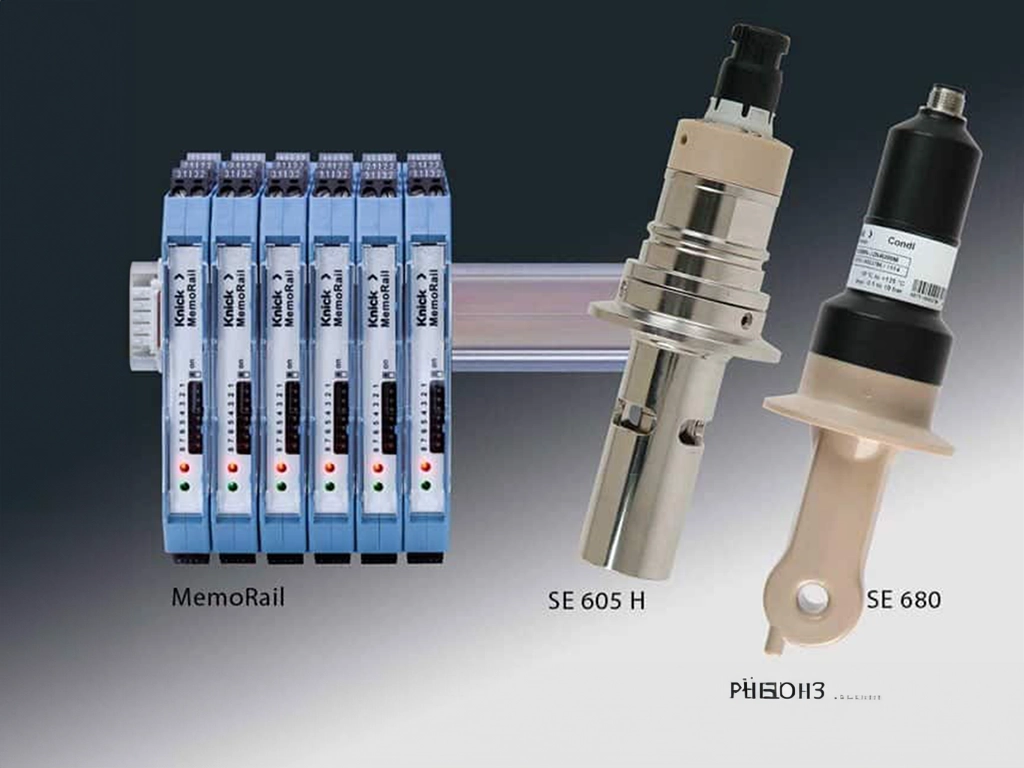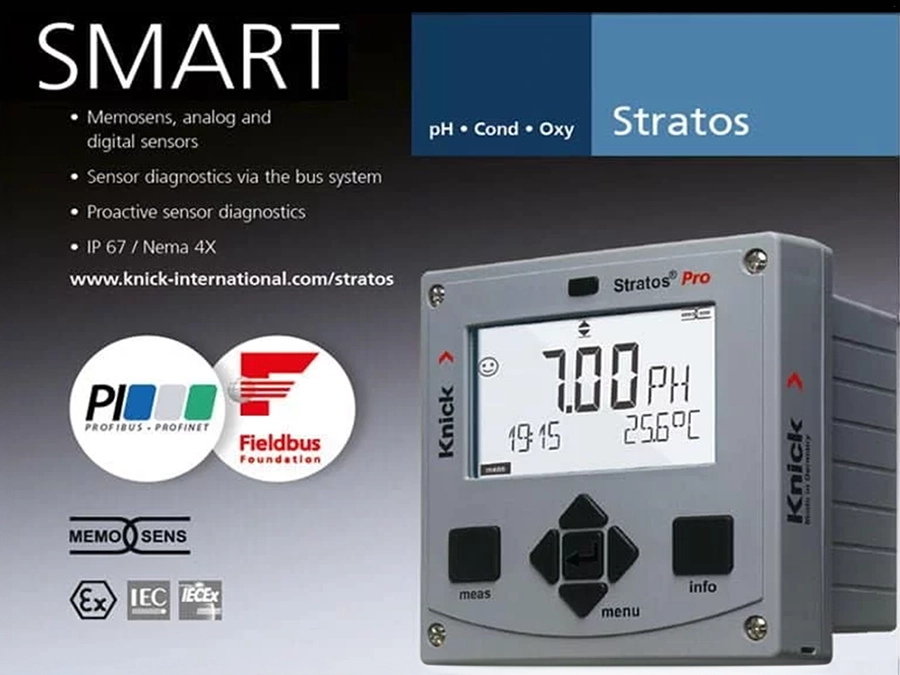41 Isolated Standard Signal Conditioner | Input 0(4) … 20 mA or 0 … 50 mA | Loop-Powered
Description
For isolation of 0(4) ... 20 mA standard signals, up to 3 channels
- No power supply
No mains influences - Extremely high accuracy
- Broad range of applications
Current transmission from 2 µA to 50 mA - Maximum reliability
No unnecessary heating and therefore maximum service life of components - Marginal loading of measured signal
Voltage drop of only 1.2 V - Low signal delay
- Space-saving thanks to multi-channel versions
Modular housing with up to three channels - Quality ensured by computer-controlled testing
- 5-year warranty
The 41 A2 with transformer-based isolation offer properties which no other loop-powered DC isolator can even come close to.
Suitable for galvanic isolation of 0/4 to 20 mA signals. Thanks to the 0.2 % fault class and an internal voltage requirement of just 1.2 V, this isolator can be used for a broad range of applications. The A2 modular housing with a width of 22.5 mm for max. 3 isolators offers optimum space usage in multichannel mode. The full encapsulation guarantees maximum reliability even in extreme conditions.
We look forward to hearing from you!
Contact Us
| Function: | Transmission / Insulation of standard signals |
|---|---|
| Product Category: | Isolated Signal Conditioner |



